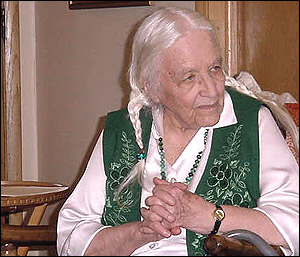 I could not complete this brief history lesson without mentioning my great fondness and appreciation for a wonderful mentor and even better aunt, my aunt Joan. Although there are several fine artists nestled within our family tree worth mentioning, I must give one of the greatest mentions to my aunt Joan (i.e. Joan Beringer Pripps, of “Studio in the Woods” fame). My mothers eldest sister was a wonderful classically trained, lifetime artist by profession. She was one whose artistic abilities were truly unlimited.
I could not complete this brief history lesson without mentioning my great fondness and appreciation for a wonderful mentor and even better aunt, my aunt Joan. Although there are several fine artists nestled within our family tree worth mentioning, I must give one of the greatest mentions to my aunt Joan (i.e. Joan Beringer Pripps, of “Studio in the Woods” fame). My mothers eldest sister was a wonderful classically trained, lifetime artist by profession. She was one whose artistic abilities were truly unlimited.